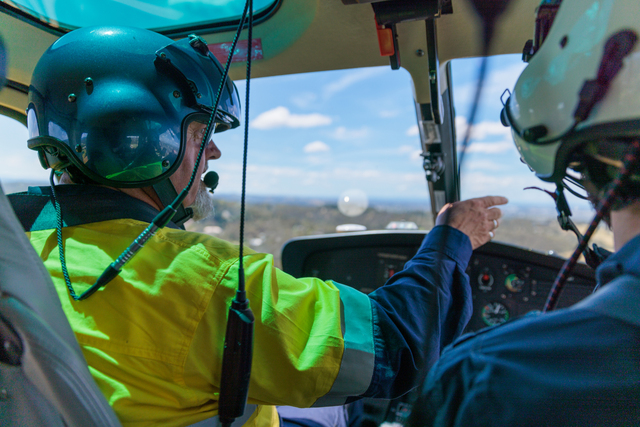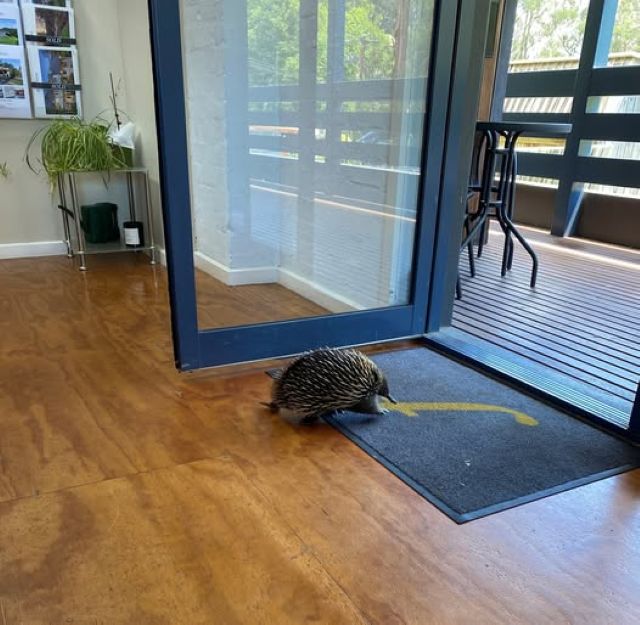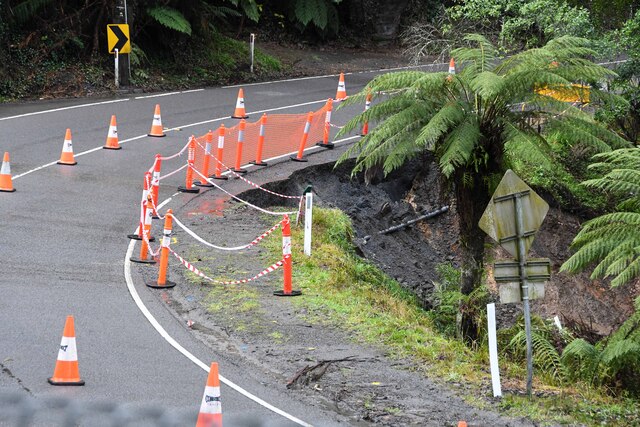With temperatures soaring and showers and thunderstorms hitting the region on Friday 8 December, with similar forecasts into this week and throughout summer, Worksafe is urging businesses to be prepared and have a plan for inclement conditions.
WorkSafe Executive Director of Health and Safety Narelle Beer said employers need to ensure tasks are carried out safely and that they make accommodations and prepare for extreme conditions.
“In extreme heat it’s crucial that employers take all possible steps to reduce the risk of dehydration and heat illnesses such as heat rash, fainting, heat exhaustion and heat stroke, which can be life-threatening,” she said.
“Where there is high risk of fire, employers must also ensure they are not carrying out any work activities that may provide an ignition source, such as welding or other hot works.”
Employers should consult with their workers and HSRs, prepare a tailored strategy for their individual circumstances and ensure workers are educated on how to recognise heat-related illnesses in themselves and others.
“If outside, reschedule strenuous work for a cooler part of the day, and ensure that workers have access to plenty of cold water and a cool place to take a break,” Dr Beer said.
“It’s also important to take precautions for indoor workers, especially in spaces without air conditioning or ventilation – particularly where heat can be retained indoors for longer and exceed outdoor temperatures.”
Symptoms of heat-related illness can include nausea or vomiting, dizziness, feeling weak, pale skin, heavy sweating, headaches, convulsions and clumsiness.
As well as rescheduling physically demanding work to cooler parts of the day, employers should instruct employees to work from a cooler location, wear light clothing that still provides adequate protection, take extra rest breaks in a cool area, ensure workers have access to cool water and are staying hydrated and use mechanical aids to reduce physical exertion.
Dr Beer urged employers to ensure sites and materials were secure on days were strong winds are set to strike.
“Partially built structures must be well supported to withstand strong winds, and loose tools and materials stored away or tied down to prevent them from being blown around,” she said.
“Things like temporary fencing, roof sheets, tools and debris can easily become a danger to workers and the public in high winds.”
In windy conditions, a worksite should be kept clean with objects that could become airborne secured, structures should be examined and strengthened to ensure they will remain standing during strong winds, and scaffolding and other temporary structures should be secured so they can’t be blown over.
Where possible, re-schedule work until conditions improve (e.g. cease crane operations until wind speeds turn to acceptable levels) and when work proceeds, wear eye protection to stop dust and debris from blowing into the eyes as well as wear fall protection and secure ladders at the top and bottom. Workers should also be careful when handling large flat items, such as signs, as they can act as a sail.







